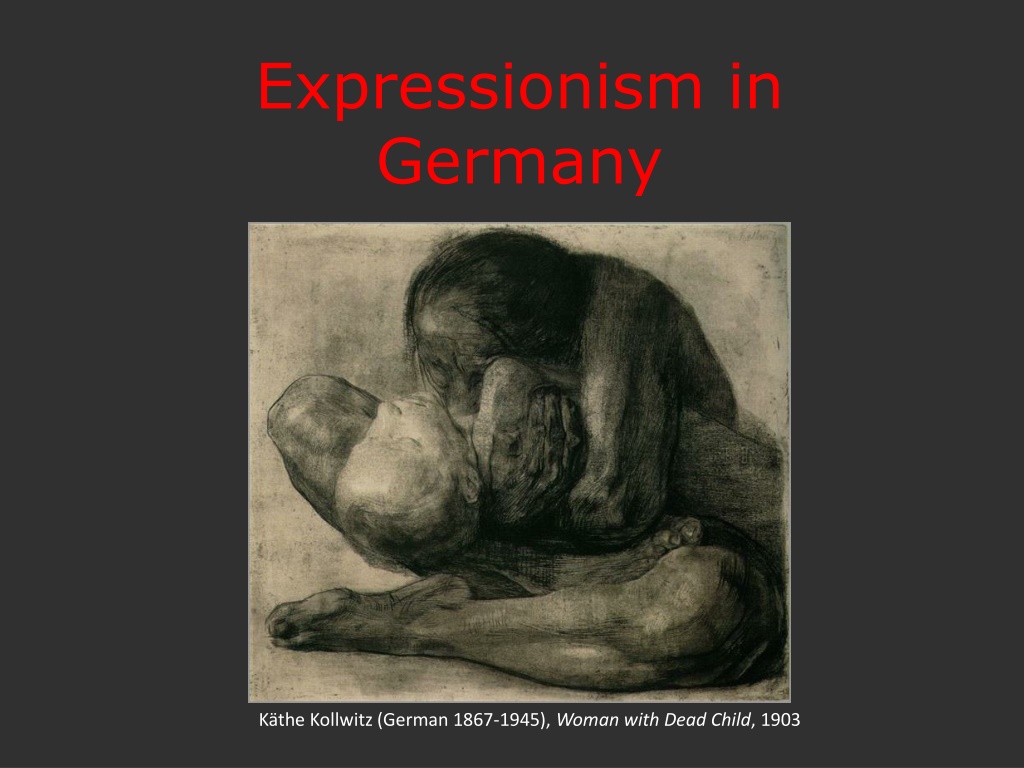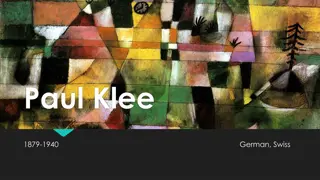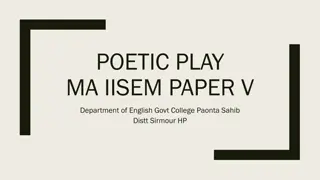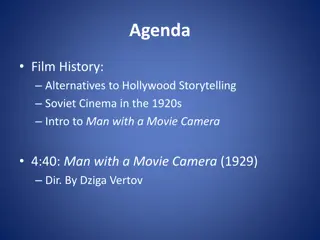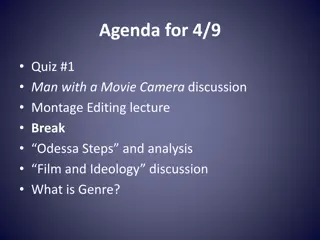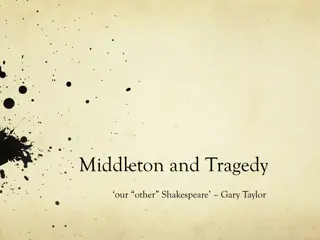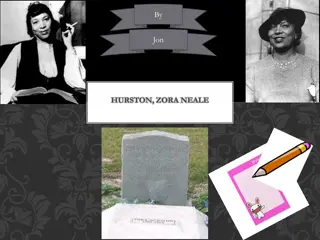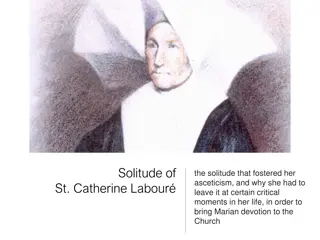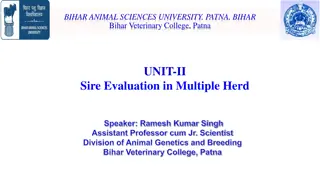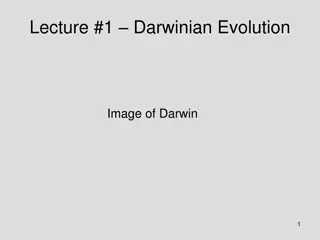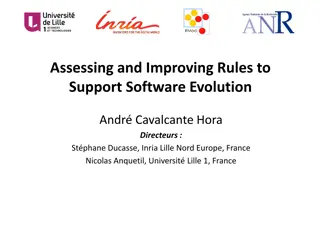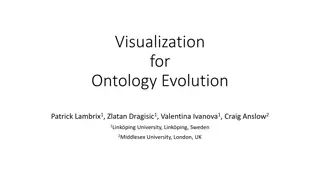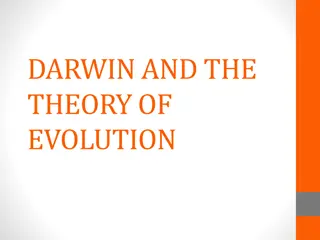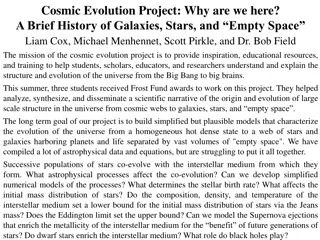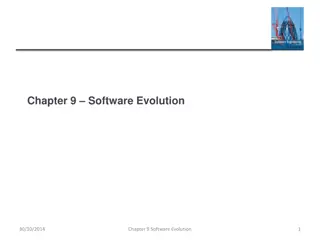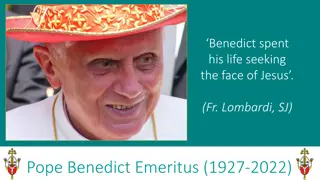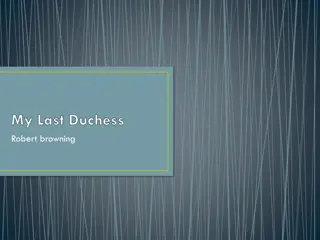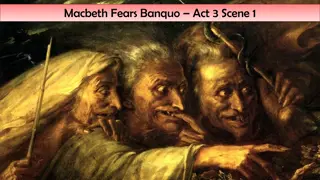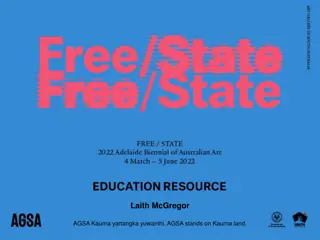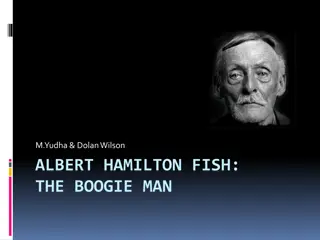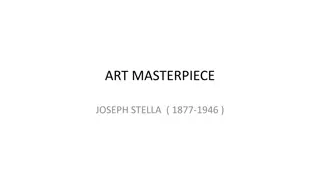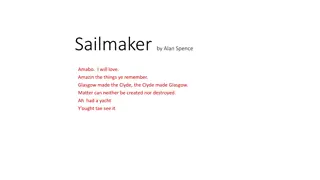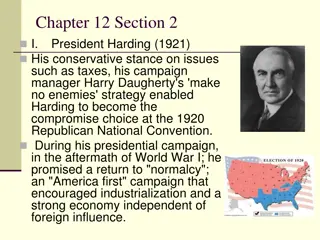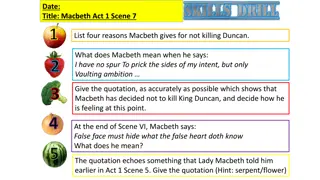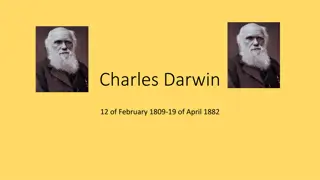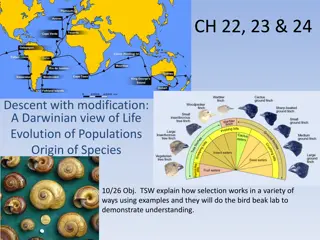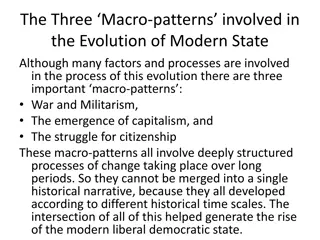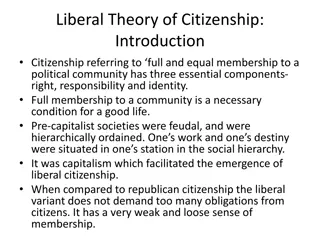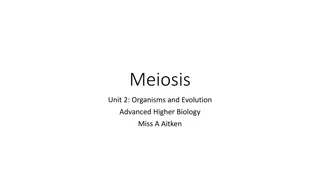Evolution of Expressionism: Kandinsky and His Contemporaries
Explore the journey of Expressionism through the works of renowned artists like Käthe Kollwitz, Wassily Kandinsky, Claude Monet, Henri Matisse, and more. Witness the transition from Symbolism to Abstract Expressionism, delve into themes of spirituality and artistic duties, and trace the development of abstract art influenced by new perceptions of matter and energy in the early 20th century.
Download Presentation

Please find below an Image/Link to download the presentation.
The content on the website is provided AS IS for your information and personal use only. It may not be sold, licensed, or shared on other websites without obtaining consent from the author. Download presentation by click this link. If you encounter any issues during the download, it is possible that the publisher has removed the file from their server.
E N D
Presentation Transcript
Expressionism in Germany K the Kollwitz (German 1867-1945), Woman with Dead Child, 1903
Wassily Kandinsky (Russian, active in Munich and Paris, 1866-1944) The artist is not born to a life of pleasure. He must not live idle; he has a hard work to perform, and one which often proves a cross to be borne. He must realize that his every deed, feeling, and thought are raw but sure material from which his work is to arise, that he is free in art but not in life....The artist is not only a king...because he has great power, but also because he has great duties. Wassily Kandinsky, "Conclusion" Concerning the Spiritual in Art, 1912 Kandinsky developed his theory and practice of abstract expressionist art between 1908 - 1911: three years.
WassilyKandinsky, The Blue Rider, oil on cardboard, 1903 Claude Monet, Haystack (Winter), 1891 The Blue Rider as symbol of the artist will recur and evolve according to the principles Kandinsky defines in his written texts, Concerning the Spiritual in Art and The Blue Rider Almanac.
(left) WassilyKandinsky, The Blue Mountain, 1908, o/c (right) HenriMatisse, TheJoy of Life, 1906 Kandinsy s Fauvist (style) symbolist landscapes
(right) Annie Besant and Charles Leadbeater (Theosophist), Thought- Form: Music of Wagner 1905, (left) Kandinsky, Mountain, 1908 Towards abstract painting
WassilyKandinsky, Study for Composition 2, 1909-10, o/c, 38 x 51 Guggenheim, NYC. Based on Bible stories of the Deluge (Genesis) and Apocalypse (Revelations)
Vassily Kandinsky, Improvisation 28 (second version), 1912, oil on canvas, The new physics of early 20th century offered a new perception of matter, energy, and time that contributed to theories of abstraction over the mimetic representation of the world.
Paula Modersohn-Becker (German, 1876-1907: 31 years) from Post-Impressionism to Proto-Expressionism Self Portrait, 1907, 62 31 cm
(left) Otto Modersohn, Moor Grasses, 1895 (right) Paula Modersohn-Becker, Red House, 1900 Worpswede, a rural German village and artist colony
Paula Modersohn-Becker (left) with sculptor Clara Westhoff Becker spent 6 months in Paris 1900 where Westhoff was studying with Auguste Rodin and attending the Academie Colarossi (right) Modersohn-Becker, portrait of the poet, Rainer Maria Rilke, 1906
Modersohn-Becker, Reclining Mother and Child, 1906 (lower right) Paul Gauguin, Nevermore, 1897
(left) WilliamBouguereau, Madonna and Child with Saint John the Baptist c. 1890.(right) Paula Modersohn-Becker, Reclining Mother and Child, 1906 Edvard Munch Madonna, lithograph 1895
Kthe Kollwitz (German 1867-1945), Self Portrait and Nude Studies, 1900, graphite, pen and black ink. 280 x 445 cm. Stuttgart
Kthe Kollwitz (German 1867-1945), Woman with Dead child, 1903, etching with engraving overprinted with a gold tone plate, 47.6 x 41.9 cm Paula Modersohn-Becker (German 1876-1907), Reclining Mother and Child, oil on canvas, 124.7 x 82 cm. 1906 (right) The maternal nude is a new subject in the history of Western art introduced by women artists to tell of a woman s experience of body and life.
Kthe Kollwitz, Mothers (left), 1924; (right) Nie Wieder Kreig! (No More War!), litho poster for the Social Democratic Party, 1924
Die Brcke (The Bridge) Dresden Germany (left) Ernst Ludwig Kirchner (German, 1880-1938), The Painters of Die Brucke, 1925, o/c (L to R: Otto Muller, Ernst Ludwig Kirchner, Erich Heckel, Karl Schmidt-Rottluff (right) Manifesto of the Artists Group the Br cke, woodcuts With faith in progress and in a new generation of creators and spectators we call together all youth. As youth, we carry the future and want to create for ourselves freedom of life and of movement against the long established older forces. Everyone who reproduces that which drives him to creation with directness and authenticity belongs to us."
(left) Ernst Ludwig Kirchner, Girl With Japanese Parasol, 36 x 31 inches, oil on canvas, 1909 (Die Br cke, German Expresssionism) (right) HenriMatisse, Blue Nude: Souvenir of Biskra, o/c, 36 x 55 inches, 1907 (Fauve, French Expressionism) How is expression differently defined by these artists?
African pre-colonial sculptures and (right) Henri Matisse, Madeline II, 1903, bronze Modern artists appropriated African art in the early 20th century with as much enthusiasm as they had earlier appropriated Japanese art
Ernst Ludwig Kirchner, Dancing Woman, 1911, wood polychromed (center) Andr Derain (French Fauve painter and sculptor, 1880-1954) Crouching Man, 1907, stone, 13 x 11 (right) Paul Gauguin, Idol, 1892, wood polychromed Expressionist Primitivism French and German
(left) Ernst Ludwig Kirchner, Self-Portrait as a Soldier, 1915 (right) Kirchner, The Soldier Bath (Artillerymen), 1915, oil on canvas, 55 x 59 inches
(left) Vincent Van Gogh, Pre Tanguy, 1888 (center) K the Kollwitz, Lamentation: In Memory of Ernst Barlach (Grief), bronze, 1938 (right) Oskar Kokoschka, Adolf Loos, 1909
(left) Max Beckmann (German 1884 1950), Self Portrait with Raised Hand, 1907 / among 85 self-portraits (center) Beckmann, Self Portrait as Medical Orderly, 1915 (right) Beckmann, Self Portrait with Red Scarf, 1917 1915 1907 1917
(left) MaxBeckmann, Descent From the Cross, 1917 (right) Rogier Van Der Weyden (Netherlandish Northern Renaissance Painter, ca.1400-1464) Descent From the Cross, c. 1435
George Grosz (German 1893-1959) (left) Grey Day, 1921, oil on canvas (right) Grosz, Fit for Active Service (The Faith Healers), 1916-17, pen, brush, ink on paper, 20 x 14 , MoMA NYC. The artist is associated with New Objectivity and Berlin Dada movements but can be called a German Expressionist.
Hitler and Goebbels at the Degenerate Art (EntarteteKunst) exhibition exhibit, featuring over 650 paintings, sculptures, prints, and books from the collections of thirty two German museums, premiered in Munich on July 19, 1937 and remained on view until November 30 before travelling to eleven other cities in Germany and Austria.
Good German Art admired and supported by the National Socialist (Nazi) Party (left) Nazi artist, Ivo Saliger, Judgment of Paris, oil on canvas, Arno Becker, Predestination, 1938 (right)
